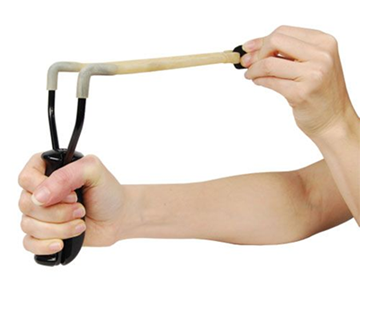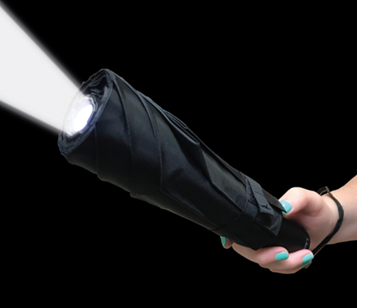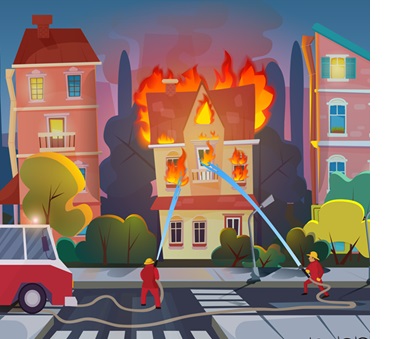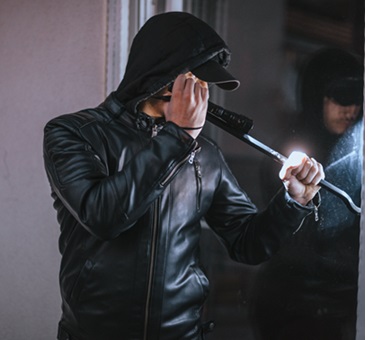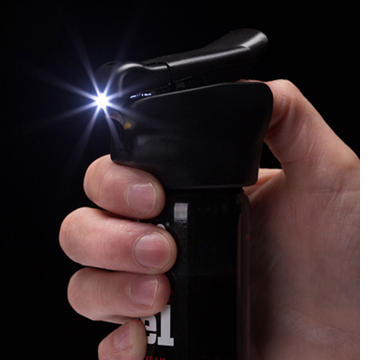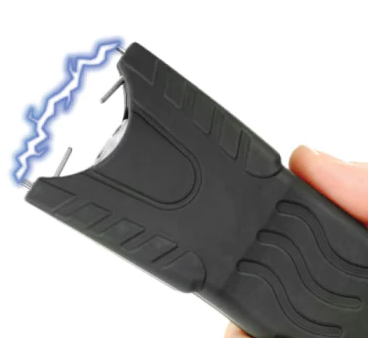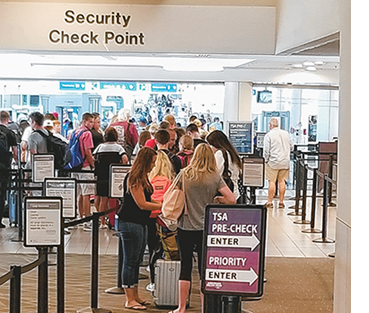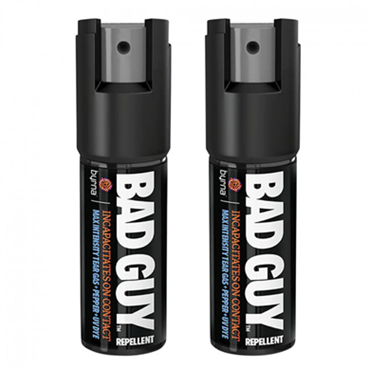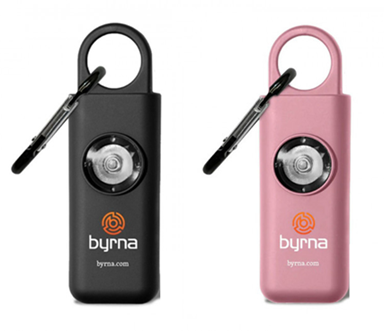Empowering Strategies to Preventing Sexual Assault and Rape
 Sexual assault and rape are grave issues that affect millions of individuals worldwide, causing significant physical, emotional, and psychological harm. Despite considerable efforts to combat these crimes, they persist in various forms across different societies. However, while we collectively work towards a society where sexual violence is eradicated, individuals must also equip themselves with strategies to reduce their vulnerability and protect themselves from potential harm. In this blog post, we'll explore proactive measures and empowering strategies to help prevent sexual assault and rape.
Sexual assault and rape are grave issues that affect millions of individuals worldwide, causing significant physical, emotional, and psychological harm. Despite considerable efforts to combat these crimes, they persist in various forms across different societies. However, while we collectively work towards a society where sexual violence is eradicated, individuals must also equip themselves with strategies to reduce their vulnerability and protect themselves from potential harm. In this blog post, we'll explore proactive measures and empowering strategies to help prevent sexual assault and rape.
Understanding Sexual Assault and Rape
Before delving into prevention strategies, it's crucial to understand what constitutes sexual assault and rape. Sexual assault encompasses any non-consensual sexual activity, including but not limited to unwanted touching, groping, forced penetration, or coerced sexual acts. Rape refers to non-consensual sexual intercourse or penetration, often involving physical force, intimidation, or manipulation. Both are violations of personal autonomy and dignity and can have profound and long-lasting effects on survivors.
Empowering Prevention Strategies
-
Education and Awareness Knowledge is power: Educating oneself and others about sexual assault and consent is fundamental in prevention efforts. Understanding the concept of consent—clear, enthusiastic, and ongoing agreement—is essential. Educational initiatives should be comprehensive, addressing topics such as healthy relationships, boundaries, bystander intervention, and recognizing coercive behaviors.
-
Trust Your Instincts: Trusting your instincts and intuition can be a potent tool in preventing sexual assault. If a situation feels uncomfortable or unsafe, it's crucial to listen to your inner voice and take necessary precautions. Whether it's leaving a party, avoiding isolated areas, or seeking help, prioritizing personal safety should always take precedence.
-
Assertive Communication: Developing assertive communication skills can empower individuals to express their boundaries and preferences clearly. Saying "no" firmly and confidently when uncomfortable or feeling pressured can deter potential perpetrators. Additionally, learning phrases to assert boundaries, such as "I'm not comfortable with that," can help establish personal limits in various situations.
-
Set and Respect Boundaries: Establishing and respecting personal boundaries is integral to preventing sexual assault. Communicate boundaries clearly and assertively with others, whether it's regarding physical touch, personal space, or sexual activities. Equally important is respecting the boundaries of others and recognizing that consent can be withdrawn at any time.
-
Risk Reduction Strategies: While the responsibility for preventing sexual assault lies solely with the perpetrator, implementing risk reduction strategies can enhance personal safety. These strategies may include:
- Avoiding excessive alcohol or drug consumption, as intoxication can impair judgment and increase vulnerability.
- Traveling in groups or with trusted companions, particularly in unfamiliar or potentially risky environments.
- Planning safe transportation options in advance, especially when attending events or social gatherings.
- Being cautious with social media and online interactions, as perpetrators may exploit digital platforms to target victims.
- Utilizing safety apps or devices, such as personal alarms or location-tracking features, for added protection.
-
Self-Defense Training: Learning self-defense techniques can empower individuals to protect themselves physically in threatening situations. While self-defense should not be seen as a solution to sexual violence, it can provide valuable skills and confidence to deter or escape from an attacker. Organizations and community centers often offer self-defense classes tailored specifically for women, men, and LGBTQ+ individuals.
-
Advocate for Systemic Change: Effecting meaningful change requires addressing the root causes of sexual violence and advocating for systemic reforms. Support initiatives aimed at improving access to resources for survivors, strengthening laws and policies, and holding perpetrators accountable for their actions. By challenging societal norms that perpetuate rape culture and promoting gender equality and social justice, we can create safer communities for everyone.
-
Bystander Intervention: Bystander intervention involves actively intervening or speaking up when witnessing behaviors that could lead to sexual assault. This may include distracting a potential perpetrator, checking in with a person who seems uncomfortable, or directly confronting inappropriate actions. Encouraging bystander intervention empowers individuals to take collective responsibility for preventing harm and fostering a culture of mutual support and protection.
De-escalating a Tense Situation:
- Trust your gut: If someone makes you feel uncomfortable, leave immediately. Excuse yourself to go to the bathroom or call a friend for a "rescue call."
- Set boundaries firmly: Use assertive language and avoid arguing. Say things like, "I'm not interested" or "I need to leave."
- Attract attention: If you feel threatened, yell, scream, or make a scene to draw attention and deter the perpetrator.
Self-Defense Techniques:
While these shouldn't replace professional training, here are some basic self-defense tips:
- Target vulnerable areas: Aim for the eyes, groin, or knees with strikes or kicks.
- Use your surroundings: Throw objects, create noise, or escape by any means possible.
- Be prepared to fight back: Don't be afraid to use physical force if necessary
Using Non-lethal Self-Defense Devices
In addition to education, assertive communication, and risk reduction strategies, owning and utilizing non-lethal self-defense devices can be a valuable component of a comprehensive safety plan. These devices are designed to deter attackers and provide individuals with a means to defend themselves in threatening situations without causing permanent harm. Here, we'll explore some common non-lethal self-defense devices and considerations for their effective use:
-
Pepper Spray: Pepper spray, also known as OC spray (oleoresin capsicum), is one of the most widely used non-lethal self-defense tools. It contains a concentrated pepper solution that causes temporary blindness, intense burning sensations, and respiratory distress when sprayed in the eyes and face of an attacker. When using pepper spray, it's essential to aim for the attacker's face, maintain a safe distance, and be prepared to escape to safety immediately afterward. It's crucial to familiarize yourself with the laws regarding pepper spray possession and use in your jurisdiction.
-
Personal Alarms: Personal alarms emit a loud, piercing sound when activated, drawing attention to the user and potentially deterring attackers. These compact devices are typically carried on keychains or clipped onto bags and clothing for easy access. Activating a personal alarm can startle an assailant, allowing the victim to flee to safety or attract the attention of bystanders who can intervene. When choosing a personal alarm, opt for one with a loud sound output and a simple activation mechanism.
-
Stun Guns/Tasers: Stun guns and Tasers deliver an electric shock to the assailant's body, causing temporary muscle incapacitation and pain. Stun guns require direct contact with the attacker, while Tasers can be deployed from a distance using propelled electrodes. When using a stun gun or Taser, aim for large muscle groups, such as the torso or thighs, to maximize effectiveness. It's essential to undergo proper training and familiarize yourself with the device's operation to ensure safe and effective use.
-
Tactical Flashlights: Tactical flashlights are versatile self-defense tools that combine illumination with defensive capabilities. These flashlights typically feature high-intensity LED bulbs, durable construction, and serrated bezels or striking surfaces for self-defense purposes. In addition to providing illumination in dark or dimly lit environments, tactical flashlights can be used to disorient attackers by shining the light directly into their eyes or as improvised striking implements in close-quarters combat.
-
Whistles: While seemingly simple, whistles can be powerful self-defense tools, especially in situations where verbal communication may be challenging or risky. A loud whistle blast can attract attention and signal distress to nearby individuals, potentially deterring attackers or prompting bystander intervention. Carrying a whistle on your person or incorporating it into your keychain ensures that you have a readily accessible means of alerting others in emergencies.
-
Self-Defense Keychains: Self-defense keychains are compact, discreet tools designed to enhance personal safety. These keychains often feature sharp edges, pointed tips, or impact surfaces that can be used to strike an attacker's vulnerable areas, such as the eyes, throat, or groin. When using a self-defense keychain, aim for sensitive targets and deliver forceful strikes to incapacitate the attacker and create an opportunity to escape.
It's important to note that while non-lethal self-defense devices can be effective deterrents and tools for escaping dangerous situations, they are not foolproof solutions and may not always be appropriate or legal in every circumstance. Additionally, relying solely on self-defense devices without implementing other prevention strategies may provide a false sense of security. Therefore, it's crucial to prioritize education, situational awareness, and de-escalation techniques in conjunction with the use of non-lethal self-defense tools.
If You Are Assaulted:
- Get to safety: Escape the situation as quickly as possible. If escape is impossible, try to minimize harm by lying down and protecting your head and neck.
- Seek medical attention: Go to the emergency room for a physical examination and treatment. This also preserves evidence for potential prosecution.
- Report the assault: Contact the police and file a report. You have the right to press charges.
Additional Resources:
- National Sexual Assault Hotline: 1-800-656-HOPE You can also visit their website at RAINN: https://www.rainn.org/ for confidential support and resources.
- Local Rape Crisis Centers: Many cities and towns have local organizations that provide medical and legal advocacy, support groups, and counseling services. You can find a center near you by searching online.
- Self-defense classes: Consider taking a self-defense class to learn practical skills and build confidence.
Conclusion
Preventing sexual assault and rape requires a multifaceted approach that addresses individual behaviors, societal attitudes, and systemic factors. By educating ourselves, advocating for change, and implementing empowering strategies, we can work towards creating a world where everyone feels safe, respected, and empowered to live their lives free from the threat of sexual violence. Together, we can make a difference and build a future where consent is always respected, and sexual autonomy is upheld.


